2025 International Conference on the Development of Engineering Education Held in Tianjin
“Engineering creates the world, education shapes the future.” On September 21, the 2025 International Conference on the Development of Engineering Education opened at Tianjin University’s Peiyangyuan Campus. Nearly 1,000 participants, including government officials, university leaders, scholars, students, and representatives from enterprises, associations, and professional societies across five continents and more than 90 universities, gathered in Tianjin to explore the challenges and opportunities of engineering education and to chart a new blueprint for its global development. The opening ceremony was presided over by Chai Liyuan, Academician of the Chinese Academy of Engineering, President of Tianjin University.
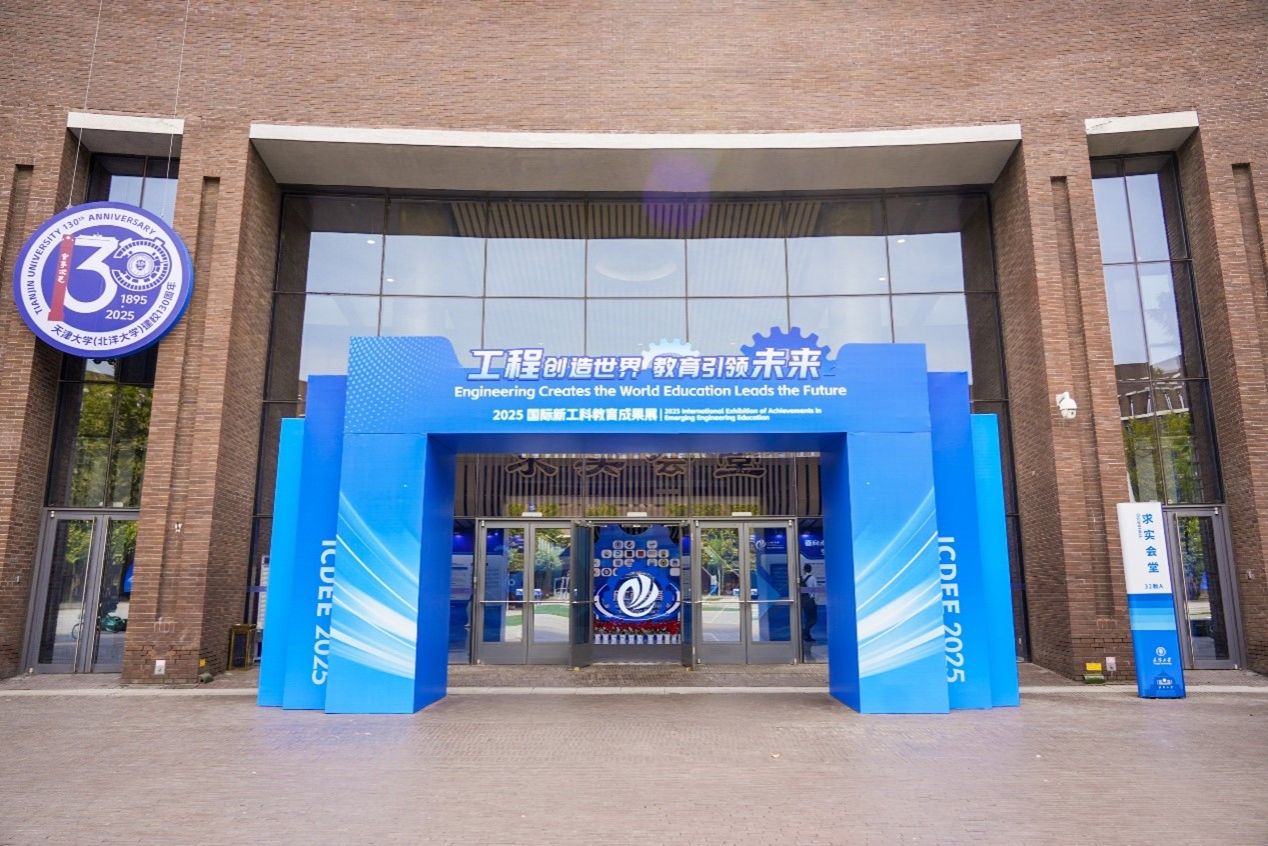
Distinguished guests included Zhang Ling, Vice Mayor of Tianjin, Zhou Tianhua, Director-General of the Higher Education Department at China’s Ministry of Education, Elizabeth Taylor, President of the International Engineering Alliance, and Zaw Min Aung, Chair of the Engineering Education Committee of the World Federation of Engineering Organizations.
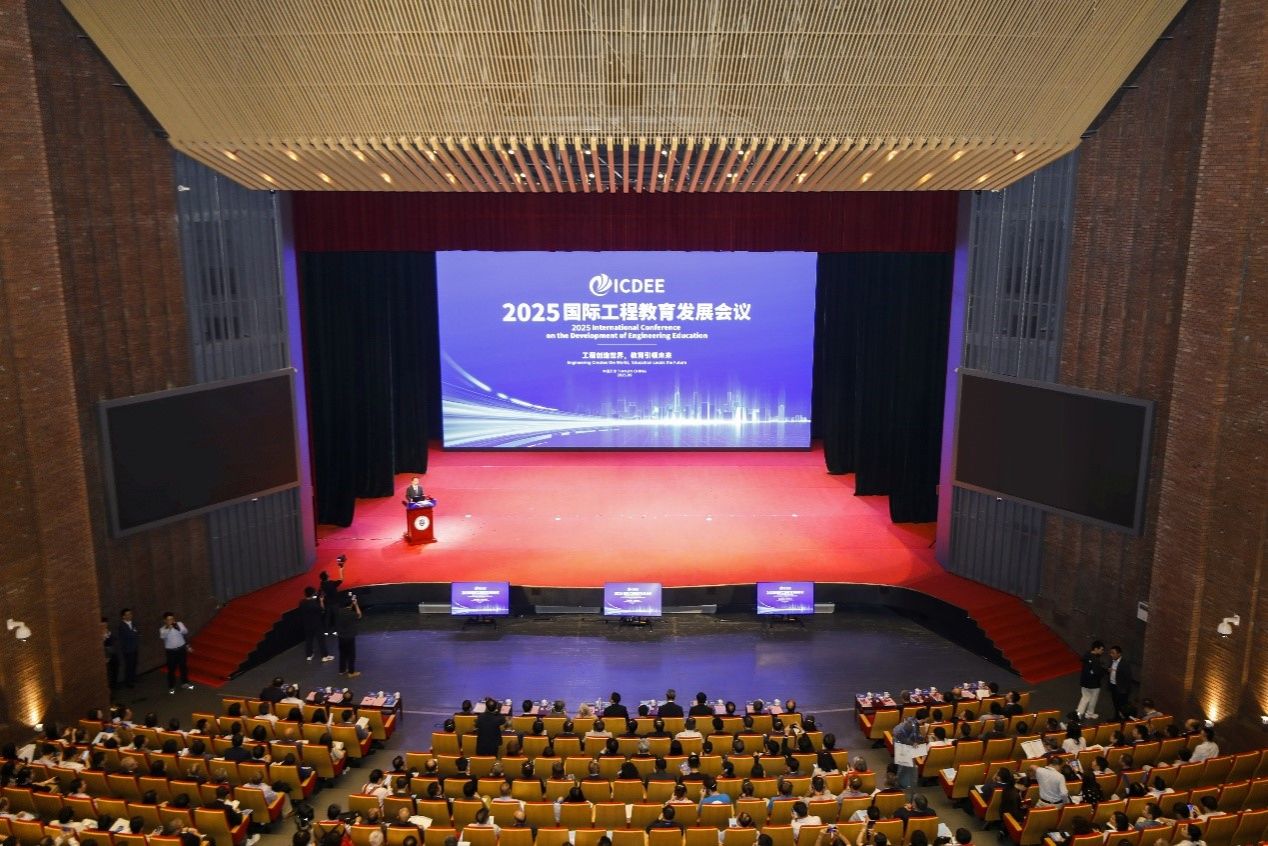
In her welcome remarks, Zhang Ling highlighted Tianjin’s commitment to advancing education, science, and talent development as an integrated strategy. Since the launch of the “Tianjin Actions”, the city has continuously deepened reforms in engineering education, creating the distinctive “Tianjin Model” that enhances talent training and technological innovation capacity. She pledged that Tianjin would further optimize its innovation ecosystem, expand platforms, and support more talent in realizing their potential.
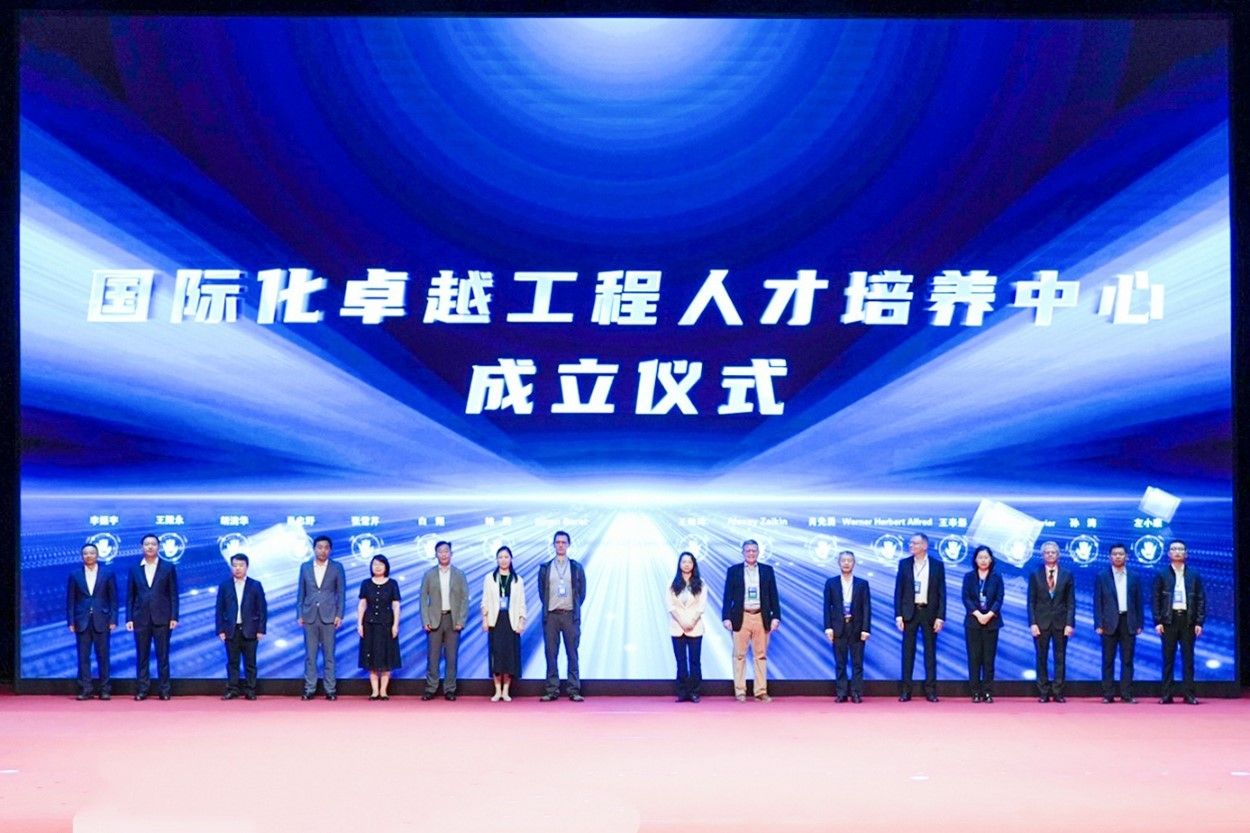
Zhou Tianhua elaborated on the principles of China’s lasts phase of Emerging Engineering Education reforms, summarized as “new disciplines, new requirements, and new integration.” He emphasized aligning education with national strategies, prioritizing competencies, harnessing artificial intelligence, and strengthening international exchange to advance Emerging Engineering Education 2.0 with greater adaptability, integration, innovation, intelligence, openness, and excellence.
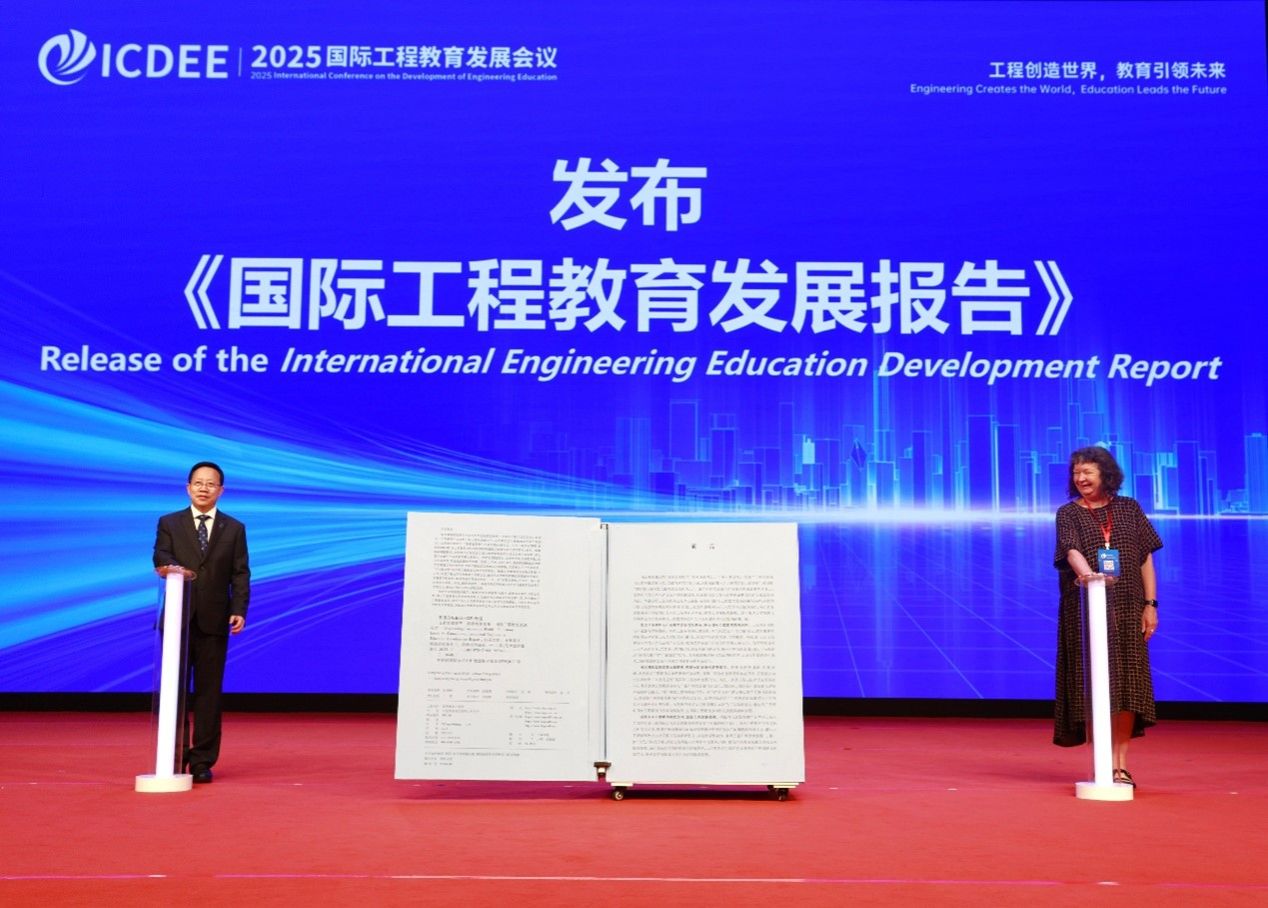
Yang Xianjin, Party Secretary of Tianjin University, extended a warm welcome to delegates. He underscored Tianjin University’s pioneering role as an advocate, leader, and practitioner of Emerging Engineering Education. Guided by the vision of “from the future to the future,” the university anticipates evolving demands on talent, builds forward-looking academic structures, and fosters platforms for international faculty exchange. He called on participants to use the conference as a platform to build new consensus, open new pathways, and envision a bright future for global engineering education.
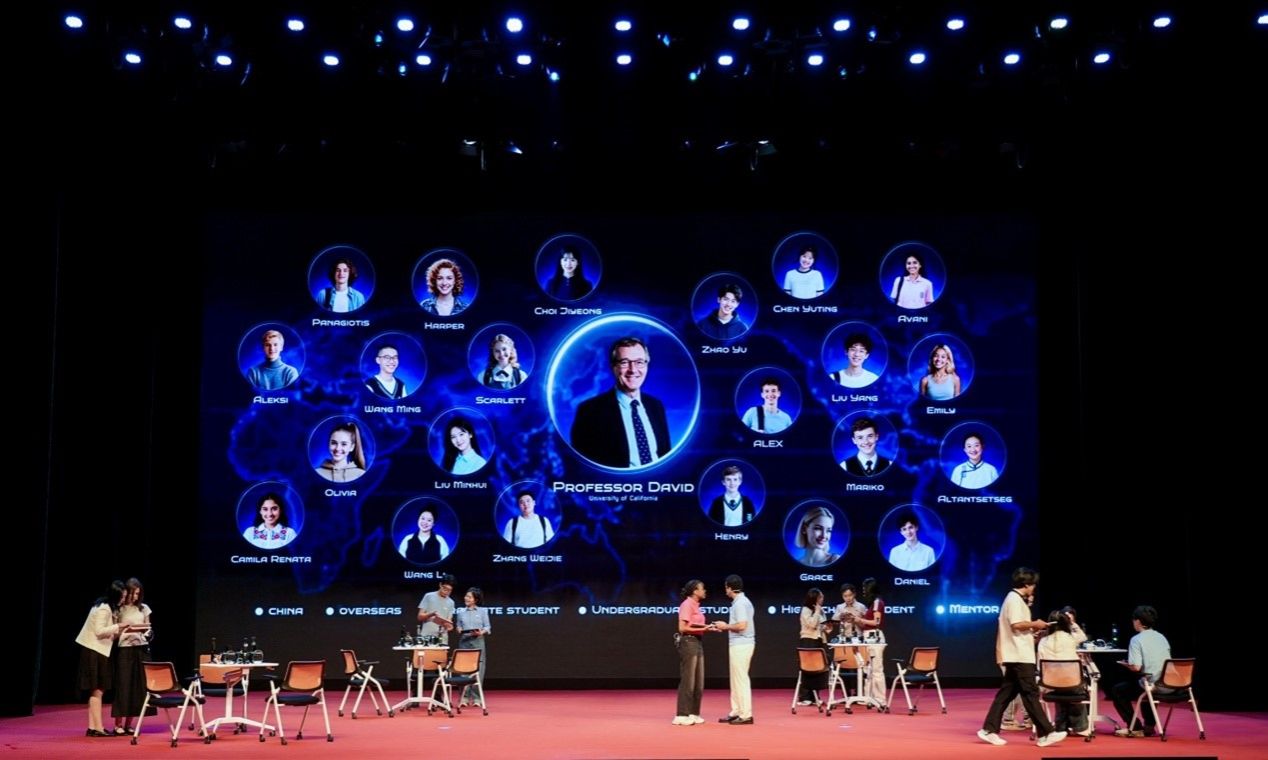
At the ceremony, the International Center for Excellence in Engineering Talent Training and the International Center for Emerging Engineering Faculty Development were officially inaugurated. Jointly initiated by more than ten leading Chinese and international universities, together with industry partners, the two centers span 37 frontier fields including aerospace, artificial intelligence, energy, and the industrial internet. They are designed to establish a new paradigm for global university–industry collaboration and faculty development.
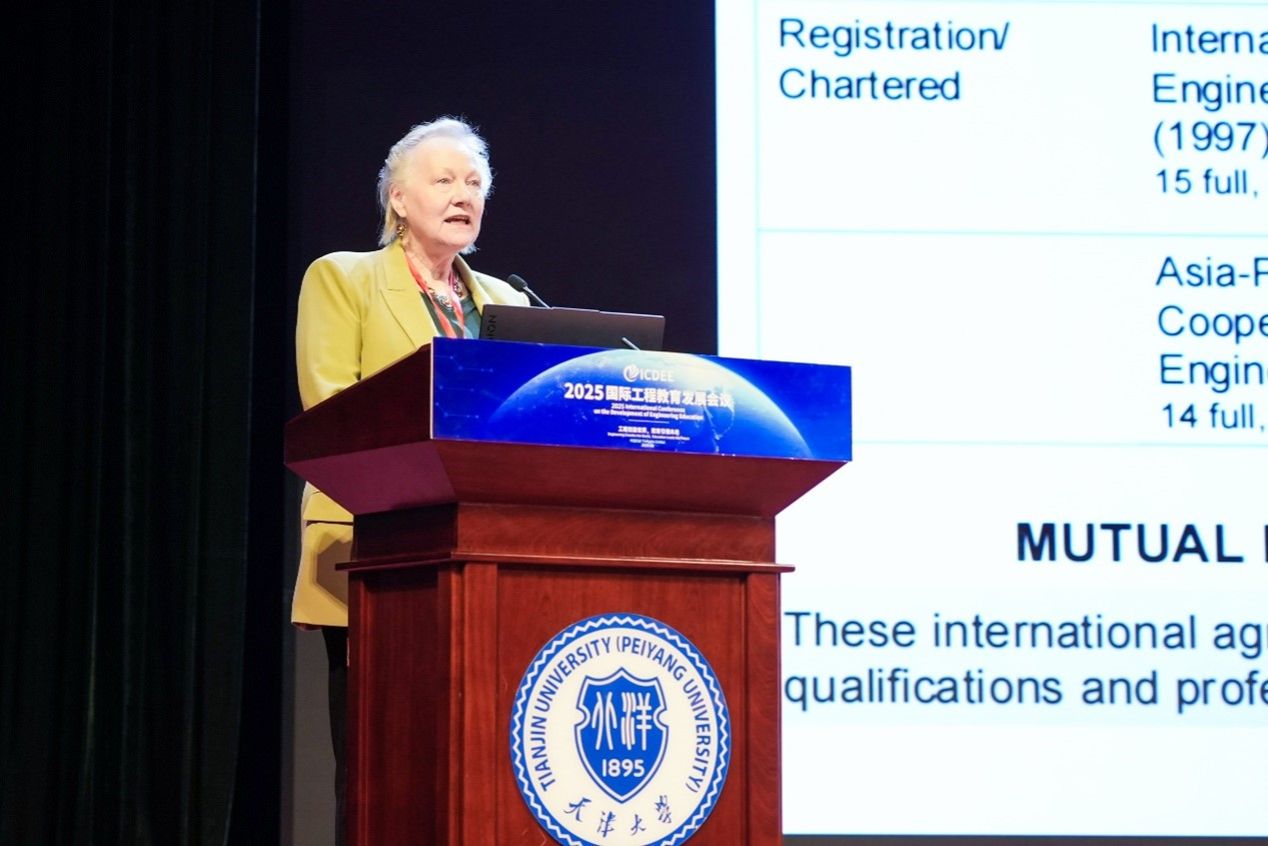
Another highlight was the release of the International Report on the Development of Engineering Education, jointly unveiled by President Chai Liyuan of Tianjin University and President Wendy Larner of Cardiff University. The report analyzes global trends and practices in engineering education across Asia, Oceania, Africa, Europe, and the Americas, providing theoretical insights and practical pathways for reform.
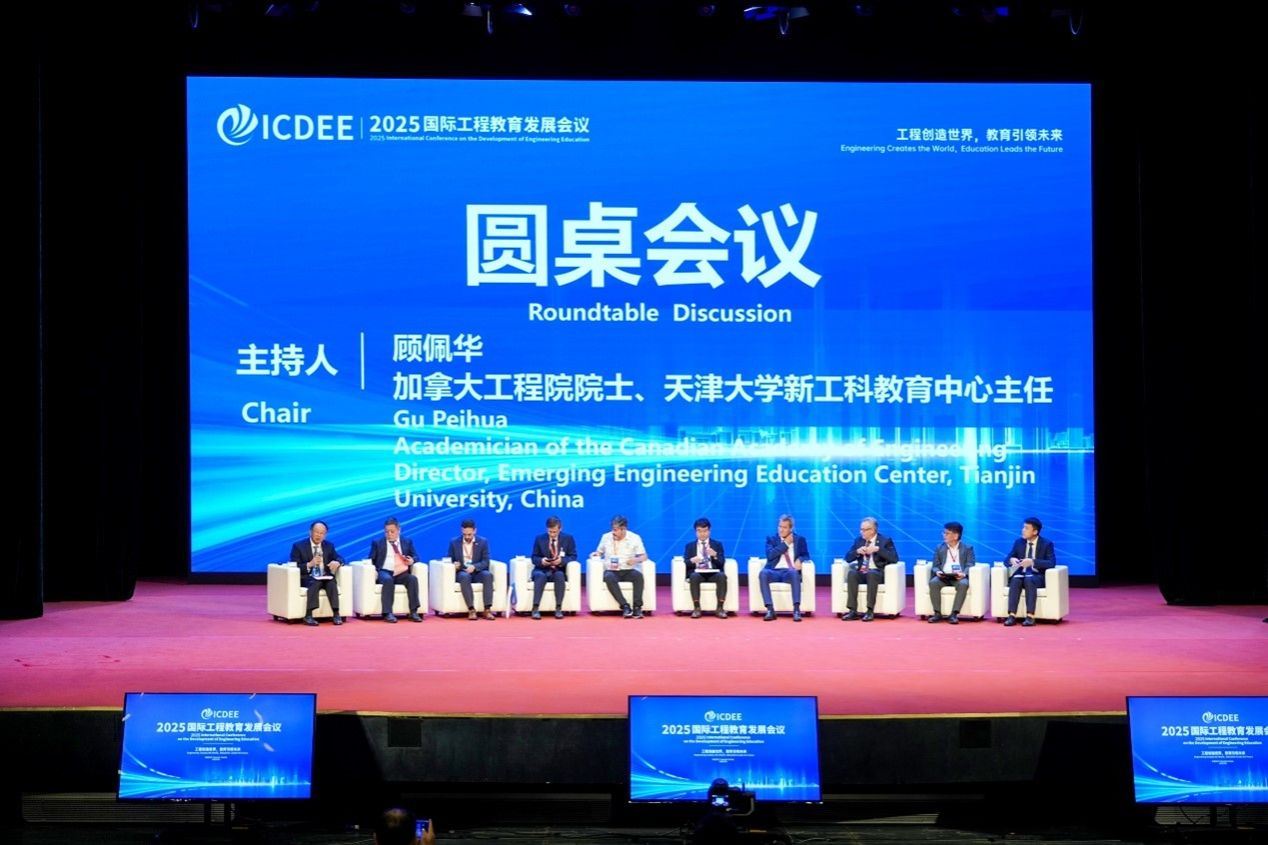
The conference also featured a live demonstration of the “Future Classroom” by Tongji University, showcasing a student-centered, technology-driven, interdisciplinary teaching model that drew wide attention and sparked discussion.
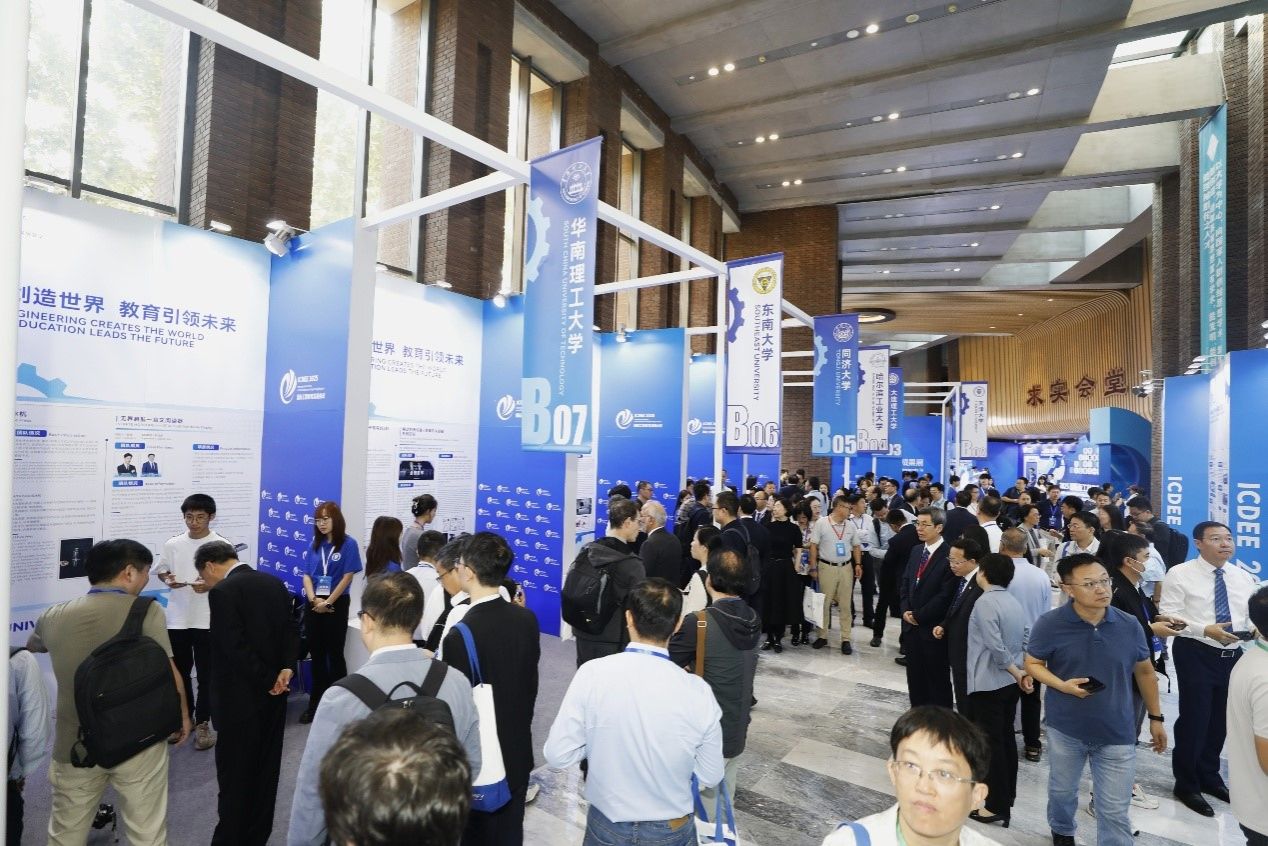
A roundtable discussion brought together representatives from universities across five continents, along with industry partners, to exchange views on governance and innovation in global engineering education.
Parallel sessions and a strategic partnership signing ceremony further enriched the program, focusing on themes such as governance in the digital era, industry–education ecosystems, and joint programs between Chinese and international institutions.
An International Exhibition on Emerging Engineering Education was also held from September 20 to 26, showcasing innovative achievements in curriculum design, technological research, and pedagogical reform by universities worldwide.
Established in 2019, the International Alliance for Emerging Engineering Education, with Tianjin University serving as its founding chair and administrative office, has become a vital global platform. This year’s International Conference on the Development of Engineering Education continues its mission of addressing shared challenges, fostering collaboration among governments, universities, enterprises, and international organizations, and strengthening the global impact of Emerging Engineering Education to cultivate a new generation of world-class engineers.
By: Qin Mian

